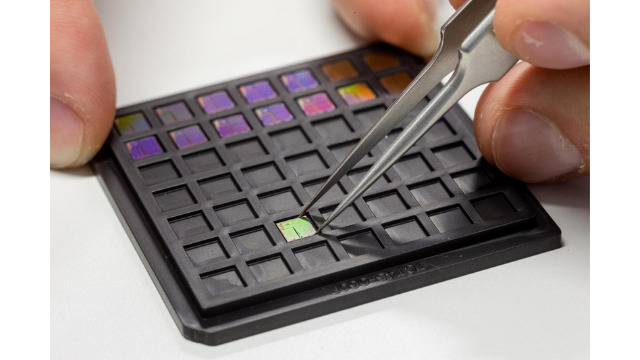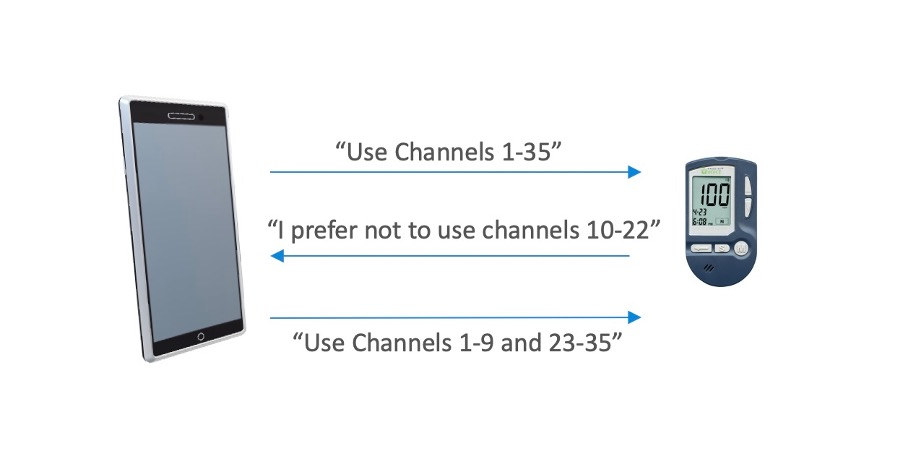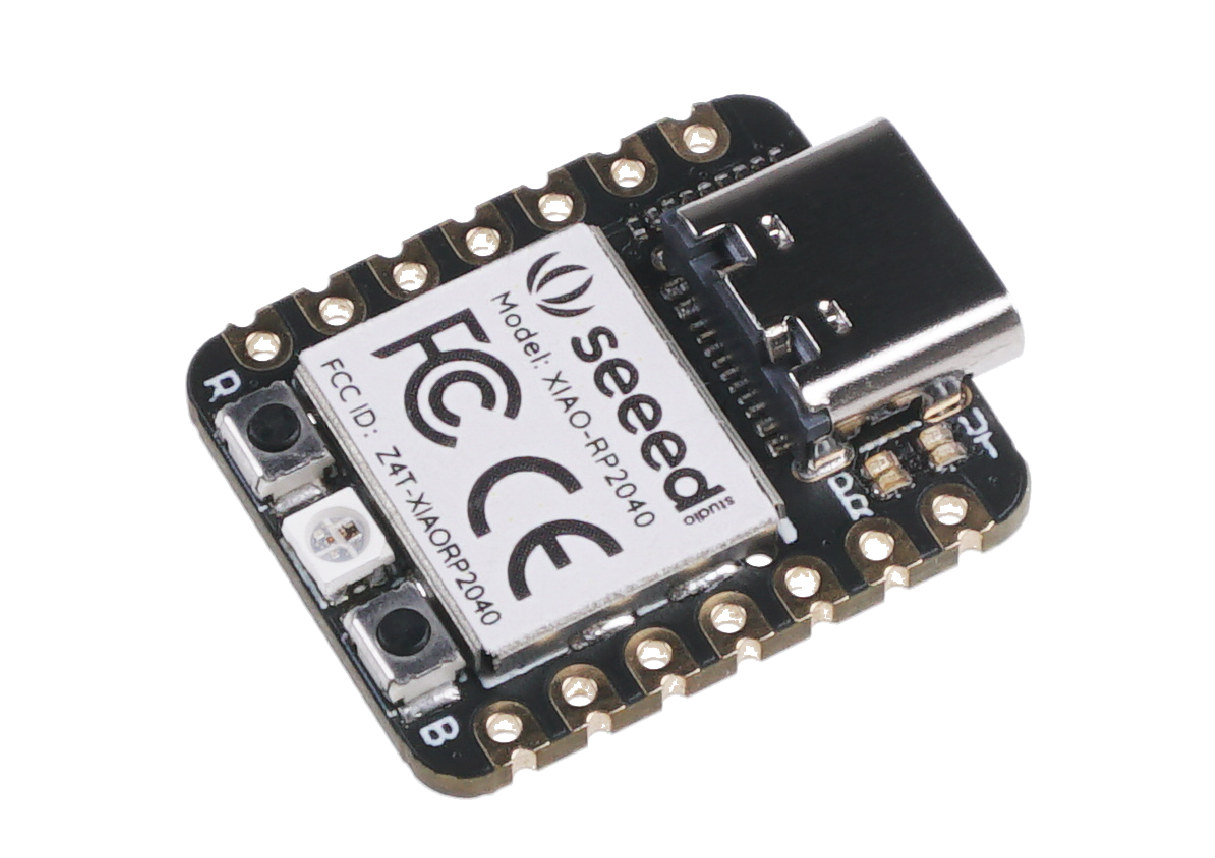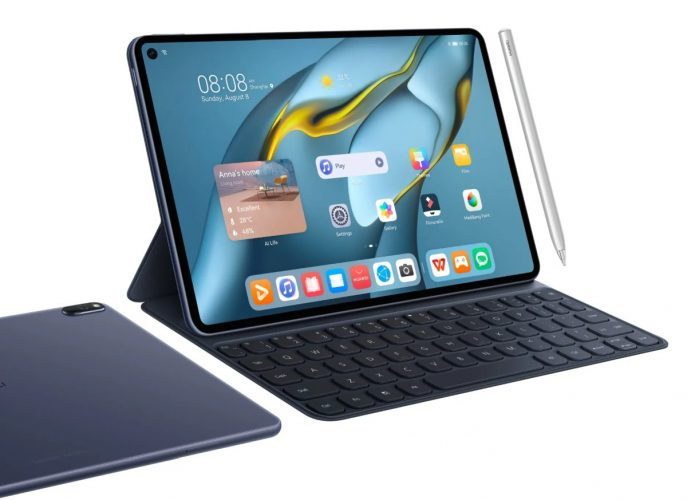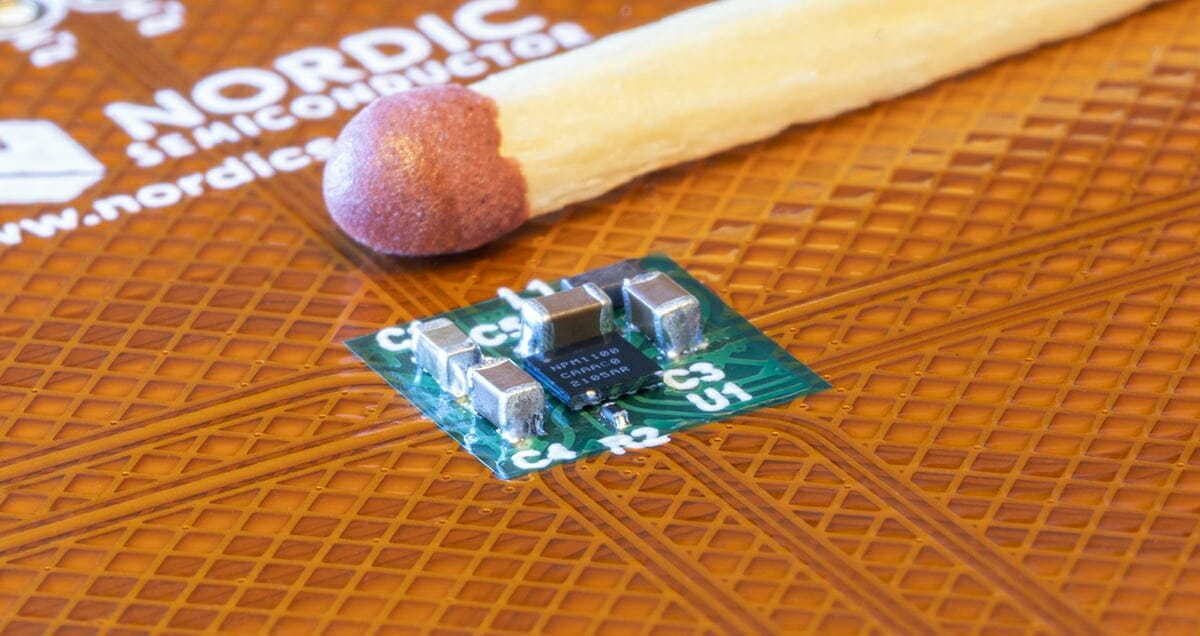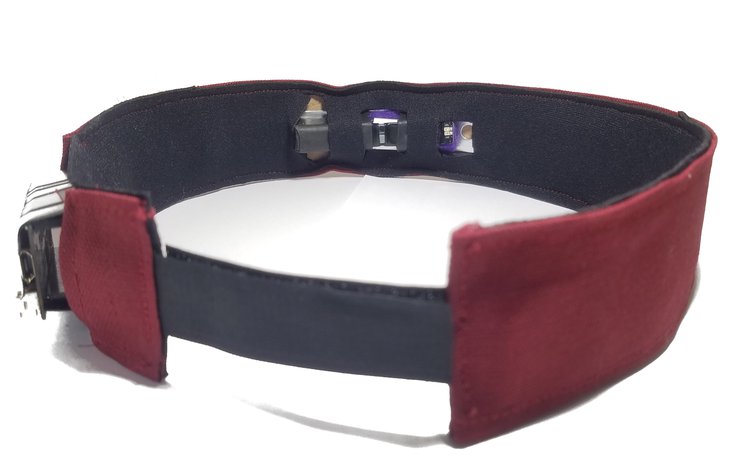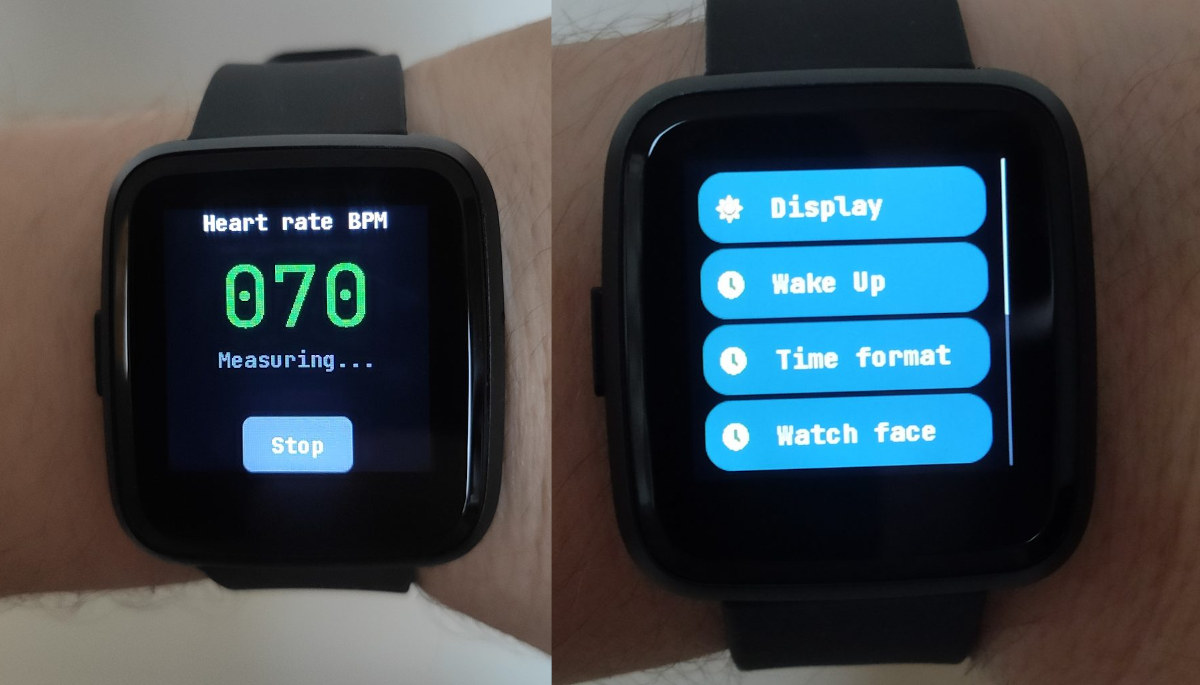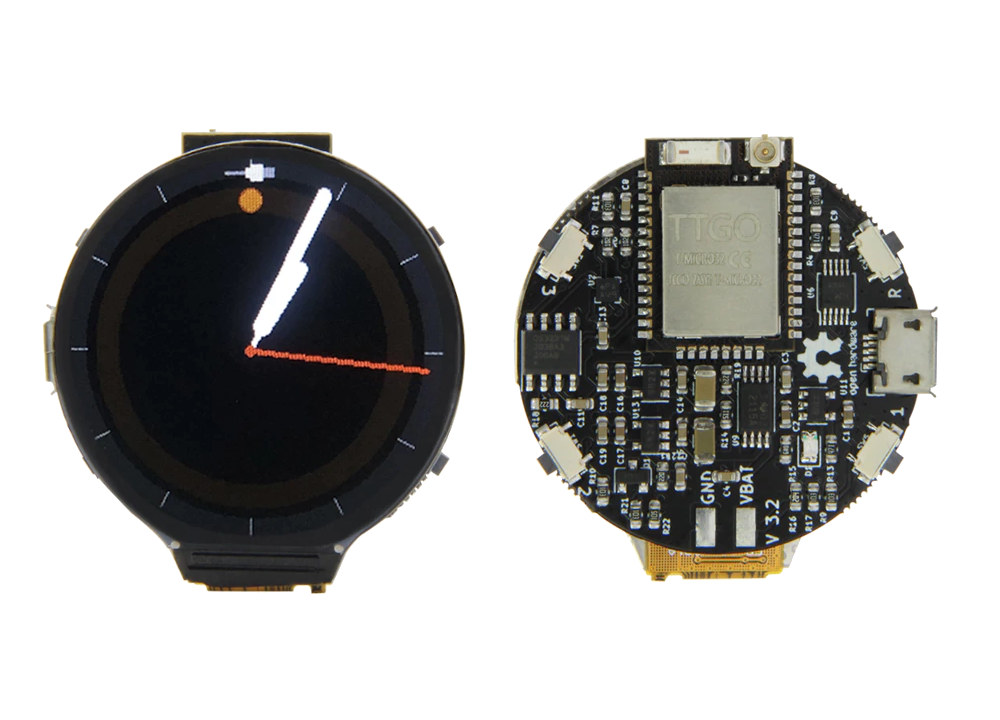CSEM and USJC together have developed an ultra-low-power RISC-V chip for electronic gadgets such as wearables. The semiconductor companies, from Switzerland and Japan respectively, have been in the market for a while, developing technologies for low-power chips. Their latest collaboration uses Adaptive Body Biasing (ABB) and Deeply Depleted Channel (DDC) to build an ultra-low-power RISC-V chip with all the required and necessary components. Originating from the labs of CSEM, the Adaptive Body Biasing dwells into the operating efficiency of all the modes of ON, Standby, and OFF. There has been the problem of power leakage in Standby and OFF operating modes, but the Adaptive Body Biasing technology helps design to minimize power leakage when the processor is not operating while keeping the best performance in ON mode. For most of the designs, the processor is in Standby mode waiting for the incoming data or the next event to be offered. […]
Bluetooth 5.3 new features lower latency, interference, improve battery life, security
Bluetooth 5.3 Core Specification was adopted on July 13, 2021, without fanfare, and the only related announcement that I could find is CEVA RivieraWaves Bluetooth IP getting support for Bluetooth 5.3. Bluetooth 5.3 brings four new features or enhancements and removes one extension from the core specification: Periodic Advertising Enhancement – The AdvDataInfo (ADI) field of the common extended advertising payload format may now be included in AUX_SYNC_IND protocol data units (PDUs) which are broadcast when a device is performing periodic advertising. The Bluetooth Low Energy (LE) controllers may now use the information in the ADI field to recognize packets that contain retransmitted copies of identical or semantically equivalent data, and discard those packets in order to prevent unnecessary processing on the nodes, and make sure the overall throughput is not affected due to retransmitted packets. Encryption Key Size Control Enhancement – In Bluetooth BR/EDR, encryption key sizes are negotiated […]
Tiny Seeeduino XIAO board gets Raspberry Pi RP2040 MCU
Seeeduino XIAO is a tiny Arduino Zero compatible board with battery support that was launched last year with Microchip SAMD21G18 ARM Cortex-M0+ microcontroller at up to 48MHz. Seeed Studio has now launched the XIAO RP2040 board with the same form factor but upgrading to a more powerful Raspberry Pi RP2040 dual-core Cortex-M0+ microcontroller clocked at up to 133 MHz. XIAO RP2040 specifications: MCU – Raspberry Pi RP2040 dual-core Cortex M0+ up to 133 MHz, or even 252 MHz (48MHz default) with 264 kB SRAM Storage – 2MB SPI flash USB – 1x USB type C port for power and programming Expansion I/Os 2x 7-pin headers with 11x 4x analog inputs, 11x digital I/Os / PWM, 1x DAC, SPI, UART, and I2C; 2.54mm pitch 3.3V I/O voltage (not 5V tolerant) Misc – 1x user LED, power LED, 2x LEDs for serial port downloading, Reset Button/ Boot Button, RGB LED, SWD pads […]
HarmonyOS launched on Huawei MatePad tablets, Watch 3 smartwatches
Huawei plans for an Android alternative called HongMeng (鸿蒙) OS were leaked in 2019 following tensions with the US government that prevented them from working with American and other companies around the world. The operating system was later called HarmonyOS for the overseas markets, and Huawei released HarmonyOS 2.0 beta in September of last year, where we learned it was heavily inspired by Android, replacing Google GMS with Huawei’s own HMS, but using the same development tools. We also got a roadmap at the time with the company planning to launch HarmonyOS devices in 2021. Developers first got the HiSpark WiFi IoT RISC-V development board to play with the new OS in October 2020, but now the company has finally announced HarmonyOS consumer devices with three Huawei MatePad tablets, and two Huawei 3 watches. Huawei MatePad HamornyOS tablets Three models have been introduced with a mix of Kirin and Snapdragon […]
Nordic Semi nPM1100 PMIC combines battery charger and regulator in tiny WLCSP package
Nordic Semi is well-known for its 2.4GHz multi-protocol chips such as nRF52840 or nRF52832 that are typically found in battery-powered devices such as smartwatches with Bluetooth connectivity. But once rechargeable batteries are involved that means a charging circuit is needed, and for instance, PineTime nRF52832 based watch relies on SGMicro SGM40561 Li-Ion battery charger and SGM2036 low-power regulator. So Nordic Semi has decided to get involved in the power management business and launched its first PMIC with nPM1100 combining a USB-compatible Li-ion/Li-Po battery charger and an efficient DC/DC buck regulator in a single, compact WLCSP package. Nordic Semi nPM1100 PMIC key features and specifications: 400 mA battery charger USB compatible input regulator Up to 150 mA of regulated voltage output at 1.8, 2.1, 2.7, or 3.0 V Overvoltage protection Ship mode disables power output Low quiescent currents Drivers for charge and error LEDs Supports Lithium-Ion and LiPo batteries with a […]
HEGduino V2 supports fNIRS and Blood-Flow Monitoring (Crowdfunding)
AlasKit has launched a crowdfunding campaign on Crowd Supply for HEGduino V2. The device features noninvasive optical imaging through fNIRS (Functional near-infrared spectroscopy), apart from its brain blood flow monitoring functionality. We saw the previous version of the HEGduino in September 2019 which only supported blood flow monitoring. But the HEGduino V2 also monitors breathing, heart rate, and skin temperature. HEGduino V2 has a MAX86141 optical pulse oximeter cum heart-rate sensor for incorporating Heart Rate Variability (HRV) training. It also allows breath and skin temperature monitoring. The sensor has a specification of 2×4096 SPS sensing with a 19-bit resolution which is a bit higher than its previous version. As HEGduino V1 had an 860 SPS sensing with a 16-bit resolution. However, the practical application observes even lesser values for HEGduino V1. Setup of HEGduino V2 The device also comes with an ESP32 breakout board with rechargeable battery support. The board […]
InfiniTime 1.0 firmware released for PineTime smartwatch
The PineTime smartwatch was unveiled and first launched in 2019, as a low-cost, open-source wearables development kit/platform for developers wanting to work on firmware development for the Nordic nRF52 powered device. Progress was made on various solutions such as ATCwatch Arduino firmware, and as time passed, the PineTime slowly became more like an “enthusiast-grade” end-user product. This is basically what it has become with the first stable release of InfiniTime firmware, which was selected as the default firmware in September 2020. The main features of InfiniTime 1.0 firmware include: Two clock faces – digital and analog Apps – Stopwatch, music control, navigation, heart rate, as well as Paddle and 2048 games User settings – Display timeout, time format, wake up conditions OTA upgrades via an open-source bootloader based on MCUBoot Heart rate monitoring and step counting Between 3 and 5 days of battery life depending on usage Firmware based on […]
LilyGo sells Open-Smartwatch open-source hardware ESP32 watch by “Paul’s 3D Things”
We’ve previously covered three variants of LilyGo T-Watch-2020 smartwatch based on ESP32 WiFi & Bluetooth SoC with TTGO T-Watch-2020 (V1) launched about a year ago, following by T-Watch-2020 V3 with a microphone for voice control, and T-Watch-2020 V2 with GPS. The company has recently launched a new rounded smartwatch based on ESP32-PICO-D4 SiP with a twist as they did not design it themselves and instead partnered with “Paul’s 3D Things” for the Open-Smartwatch, and just handle manufacturing and production. LilyGo Open-Smartwatch “Light Edition” specifications: Wireless module – LILYGO T-micro32 module based on ESP32-PICO-D4 module with dual-core ESP32 processor, 4MB FLASH, ceramic antenna or u.FL antenna connector Connectivity – Bluetooth 4.2 BR/EDR BLE and WiFi 4 2.4GHz 802.11 b/g/n Display – 1.3 inch circular LCD with 240×240 resolution USB – Micro USB for charging and programming Sensor – 3-axis BMA400 accelerator Debugging – USB to TTL via CH340E chip Misc -Reset […]


